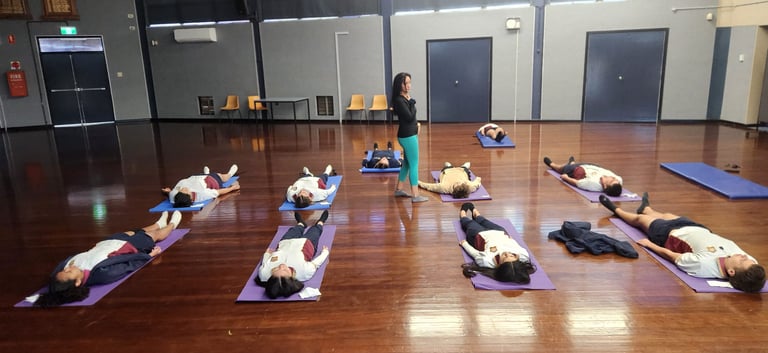Flow with Laura
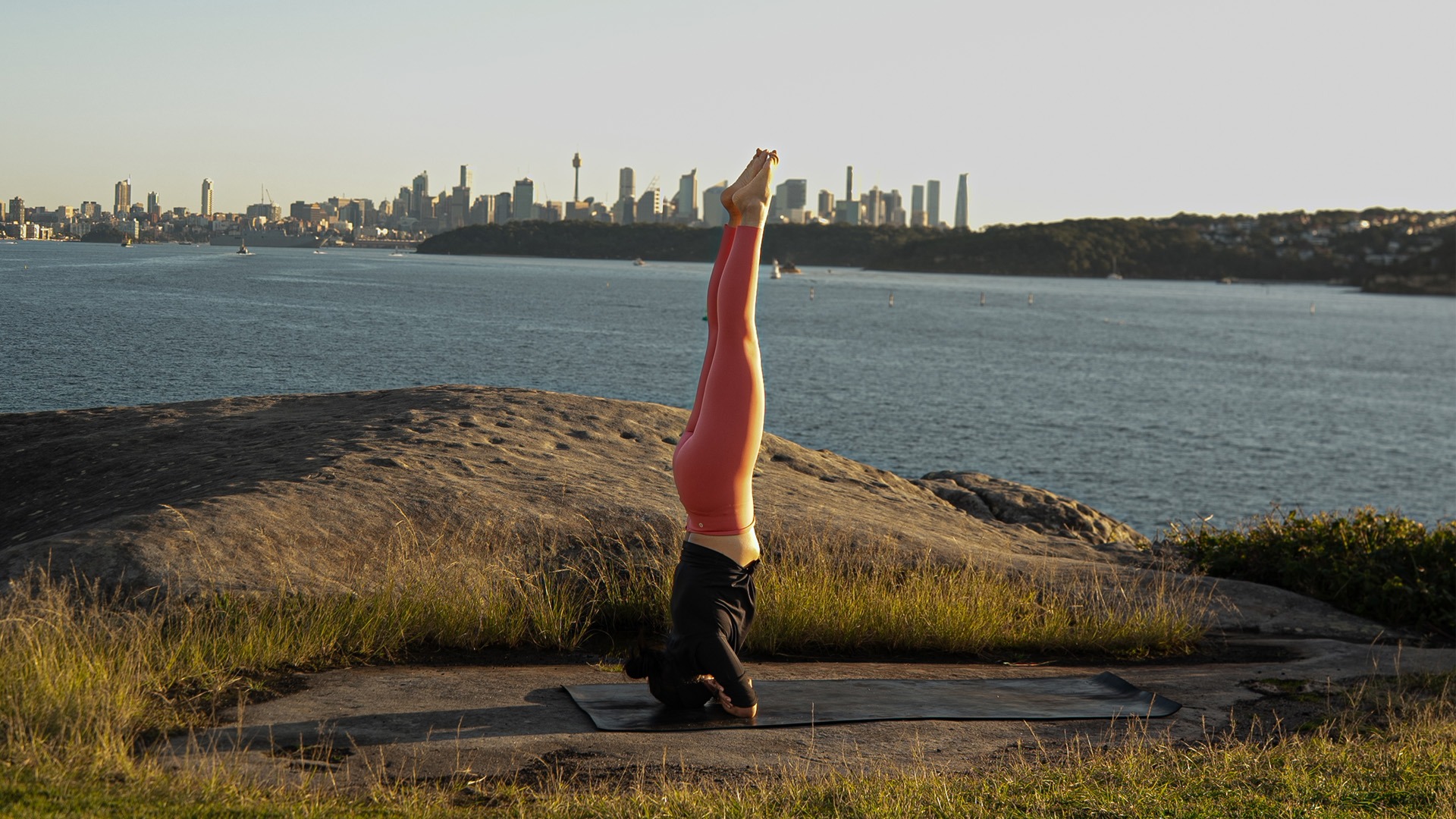
The project integrates the transformative power of breath, compassion, and disciplined movement practiced on the mat.
Laura approaches her practice with creativity and authenticity, drawing on principles of neuroplasticity and mindful breathing techniques to support emotional regulation, focus, and personal growth.
Wellness & Flow
Laura combines a variety of techniques designed to support the nervous system, helping students build confidence, emotional regulation, and mental clarity. Her approach blends strength-based movement, focused asana sequences, and flowing transitions that require attention, determination, and presence—offering powerful results that translate into daily life.
Laura draws from somatic movement, and other modern modalities to create a unique, inclusive approach. Her classes are rooted in movement and intention making them accessible to people of all backgrounds and beliefs. The focus is on freeing the mind, body, and soul through mindful movement and positive intention and be more inclusive practice.
By providing students with access to movement-based classes, workshops, and community resources, we aim to empower them to cultivate resilience, self-awareness, and inner peace amidst the challenges of academic life.
Through collaboration with university stakeholders and student leaders, we are confident that Flow can become an integral part of the university experience, enriching student life and contributing to a culture of mindfulness, compassion, and well-being on campus.
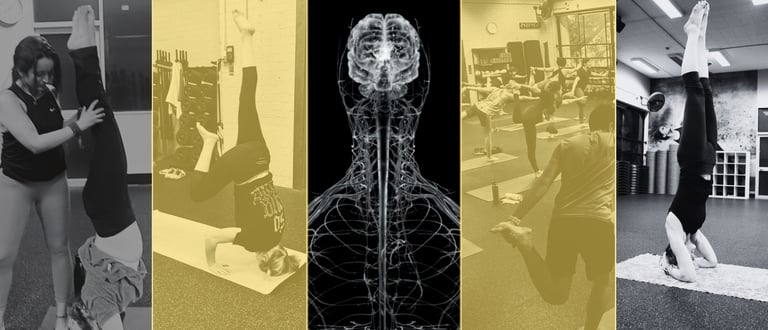

Corporate | Young Adults | High Schools | Universities
Please, keep in touch to provide in details the wellbeing plan information:
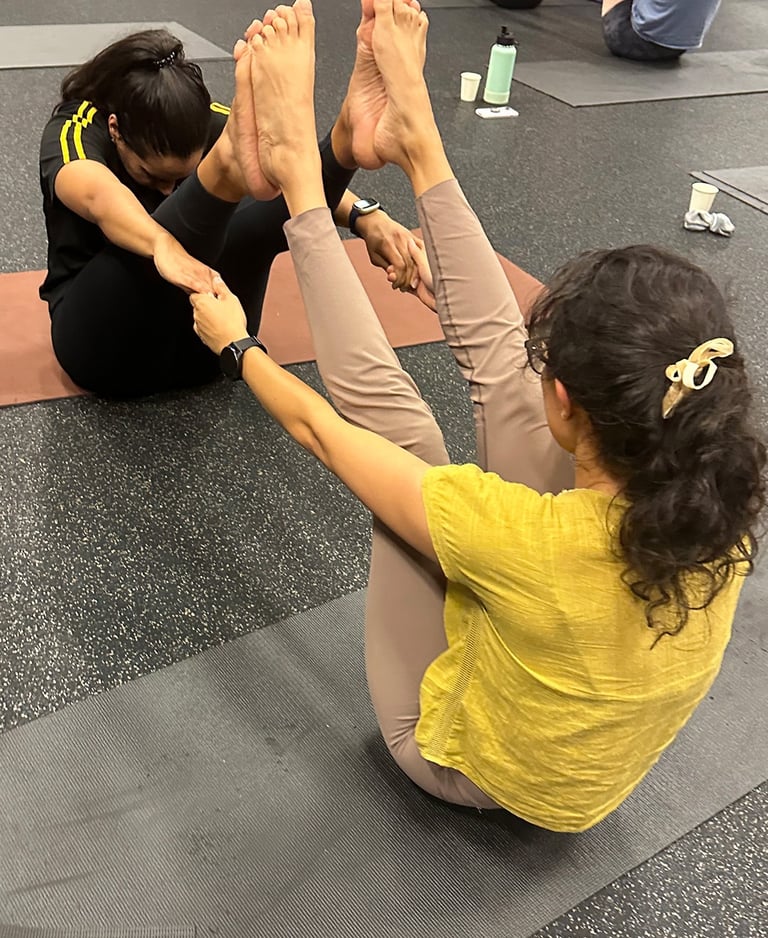

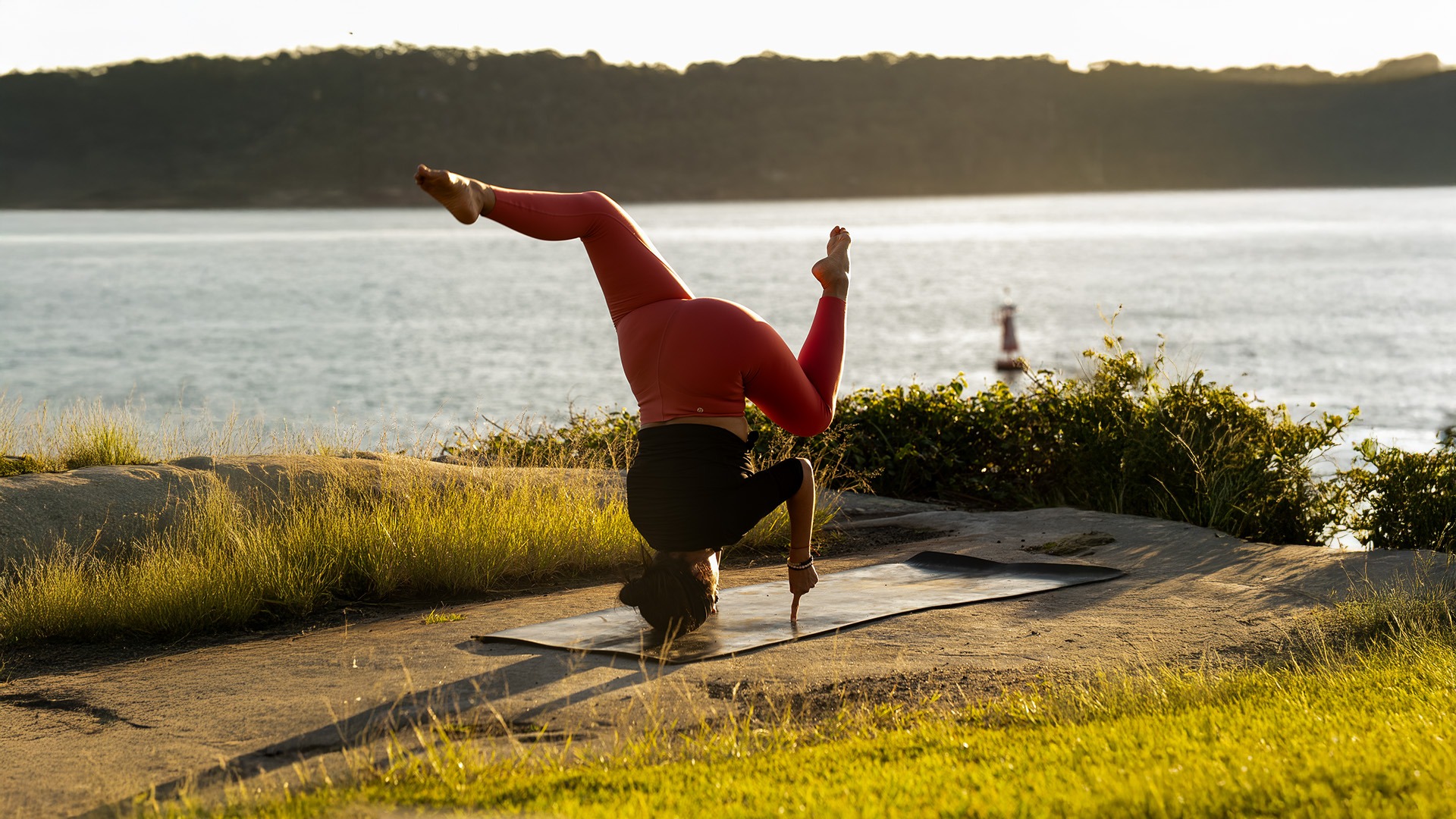
Why Integrate Flow Movement, Breathwork, and Asanas in High Schools and Universities?
Flow Practice for Mind-Body Wellbeing
Flow practice supports both mental and physical wellbeing through an integrated combination of movement, breathwork, and relaxation techniques. This evidence-based approach helps reduce stress, build strength and flexibility, enhance attention, and improve overall cognitive performance.
From a neuroscience perspective, structured flow sequences positively influence the nervous system. Research indicates they may help lower cortisol (the stress hormone), improve mood, enhance focus, and support learning and memory. The intentional connection between mind and body developed in flow strengthens coordination, balance, and emotional regulation.
By combining diverse movement sequences with neuroscience insights, this practice provides students with practical tools to support brain health, regulate stress, and improve overall mental and physical functioning.
